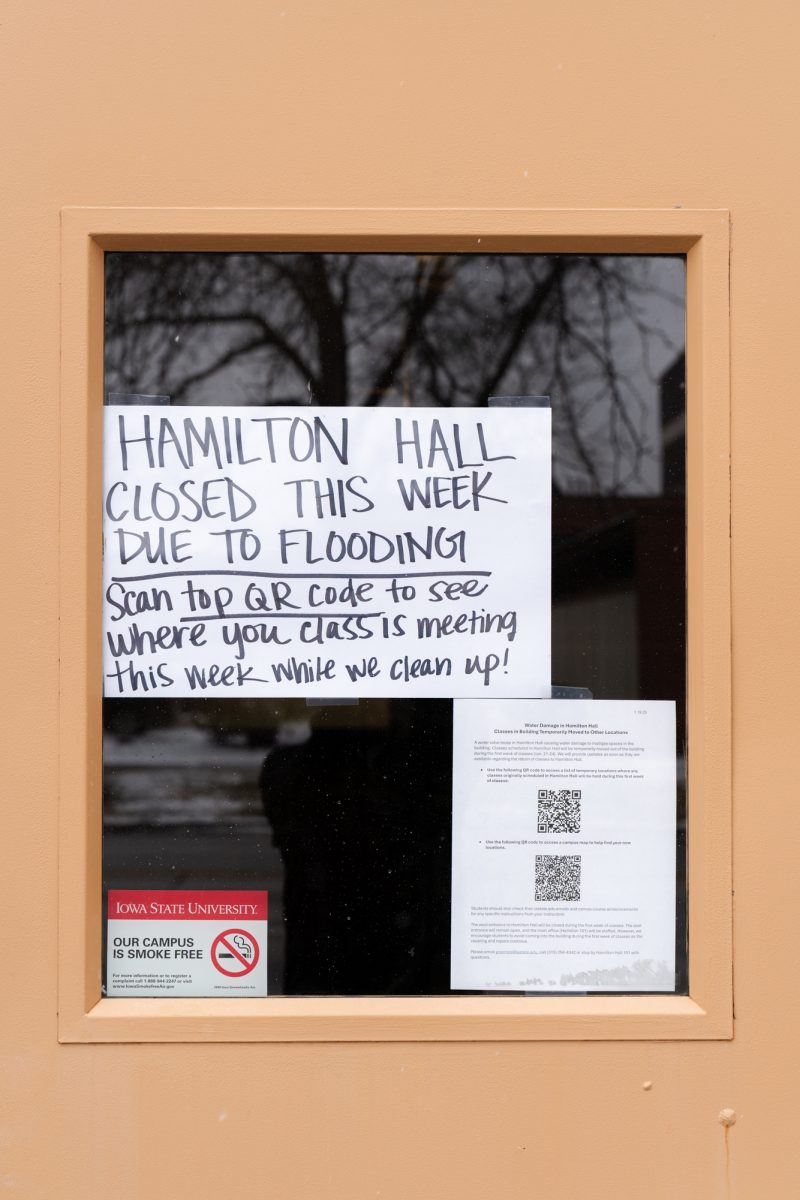Students uncertain about differential tuition
September 20, 2005
Student leaders are mixed in their opinions of whether potential tuition increases for undergraduate students in the College of Engineering could decrease enrollment.
The College of Engineering has drafted a differential tuition proposal that is expected to increase the cost of attendance by up to $1,750 per upperclass engineering student at the end of the three- to five-year window. It must be approved by the Iowa Board of Regents to take effect.
Jeremy Meeks, senior in electrical engineering and president of Tau Beta Pi, an engineering honors organization, said a differential tuition policy would reduce enrollment in the college.
“Overall, I think it will discourage people from majoring in tech fields like engineering,” he said. “People on the fence would probably be dissuaded from engineering.”
According to the Office of the Registrar, more than 4,500 undergraduates are enrolled in the College of Engineering for the fall 2005 semester.
Mark Kushner, dean of the College of Engineering, said the increased tuition would improve the quality of academics in the college.
“I understand this could be an added burden on some students, but when you look at the returns on investment the students are making, it is a positive,” he said, referring to the higher average salary of engineering graduates over other majors.
Angela Groh, president of the Government of the Student Body, said she believes the policy, if implemented, would improve academic quality and not deter students from engineering programs.
“This would affect only juniors or seniors, so students wouldn’t choose their majors based upon cost,” she said. “I think this could be a very positive thing for the College of Engineering if it is done correctly.”
David Miles, senior in aerospace engineering and GSB College of Engineering senator, said a differential tuition policy may actually improve engineering enrollment.
“I don’t think it will deter students,” he said. “In fact, I think it may improve enrollment in the College of Engineering.”
Groh, senior in political science, said because the College of Engineering has the highest student-to-faculty ratio, additional funds are needed to hire more faculty.
“It allows some additional money that can be used to improve the faculty and increase the national strength of the program,” she said.
The student-to-faculty ratio in the College of Engineering is 22 students per instructor, Kushner said, and the ratio of peer engineering programs is 16 to 1. Differential tuition would allow the college to hire more faculty to improve the ratio, he said.
“The whole quality of the undergraduate experience improves by lowering the student-to-faculty ratio,” Kushner said.
Meeks said targeting the College of Engineering alone for differential tuiton seems unjustified, but if additional funds are needed to retain faculty, the increased costs to students may be worthwhile.
“The College of Engineering does pay its faculty more than some other colleges and departments, but to target them specifically instead of other colleges, it seems a little unfair,” he said. “If they run this for a couple years and they can prove they are paying faculty more and they improve the overall status of the college, it’s OK.”
Kushner acknowledged that although some students may not pursue engineering because of the increased tuition costs, it is an reality that must be faced.
“There will be some students who say, you know, I’m not going to do engineering because it’s more expensive,” he said. “We should never be in that situation; I mean, it’s not right. The economics of the lack of support of state legislatures to their universities have pushed us in this direction.






